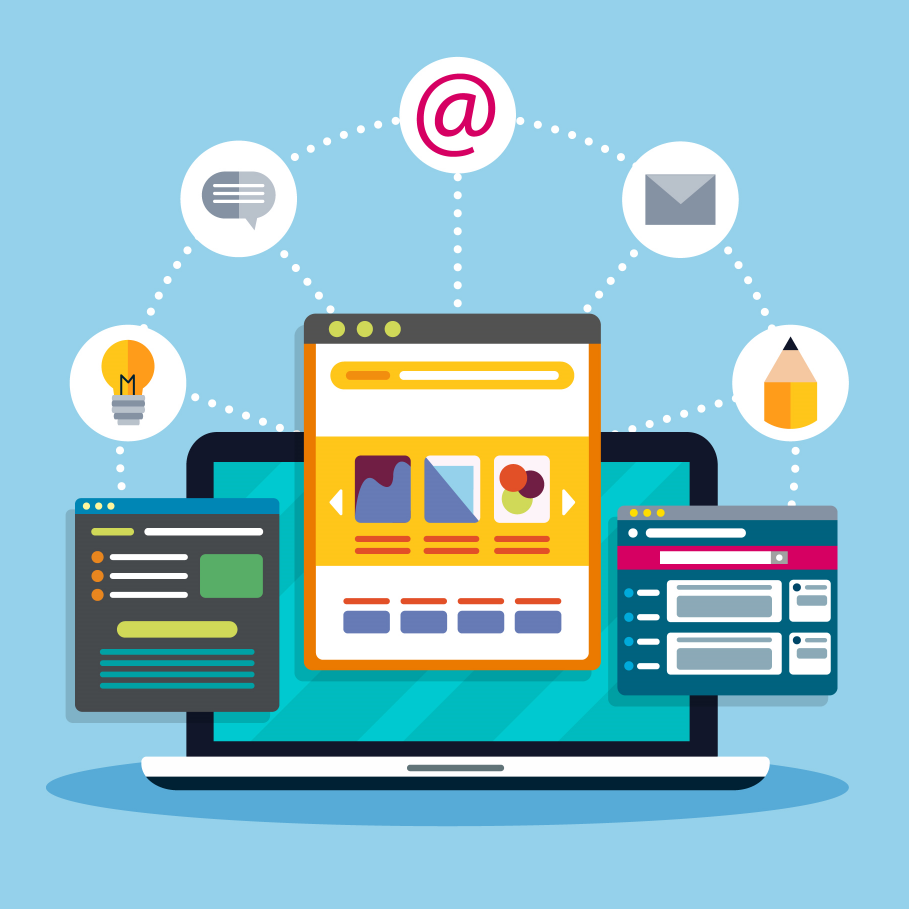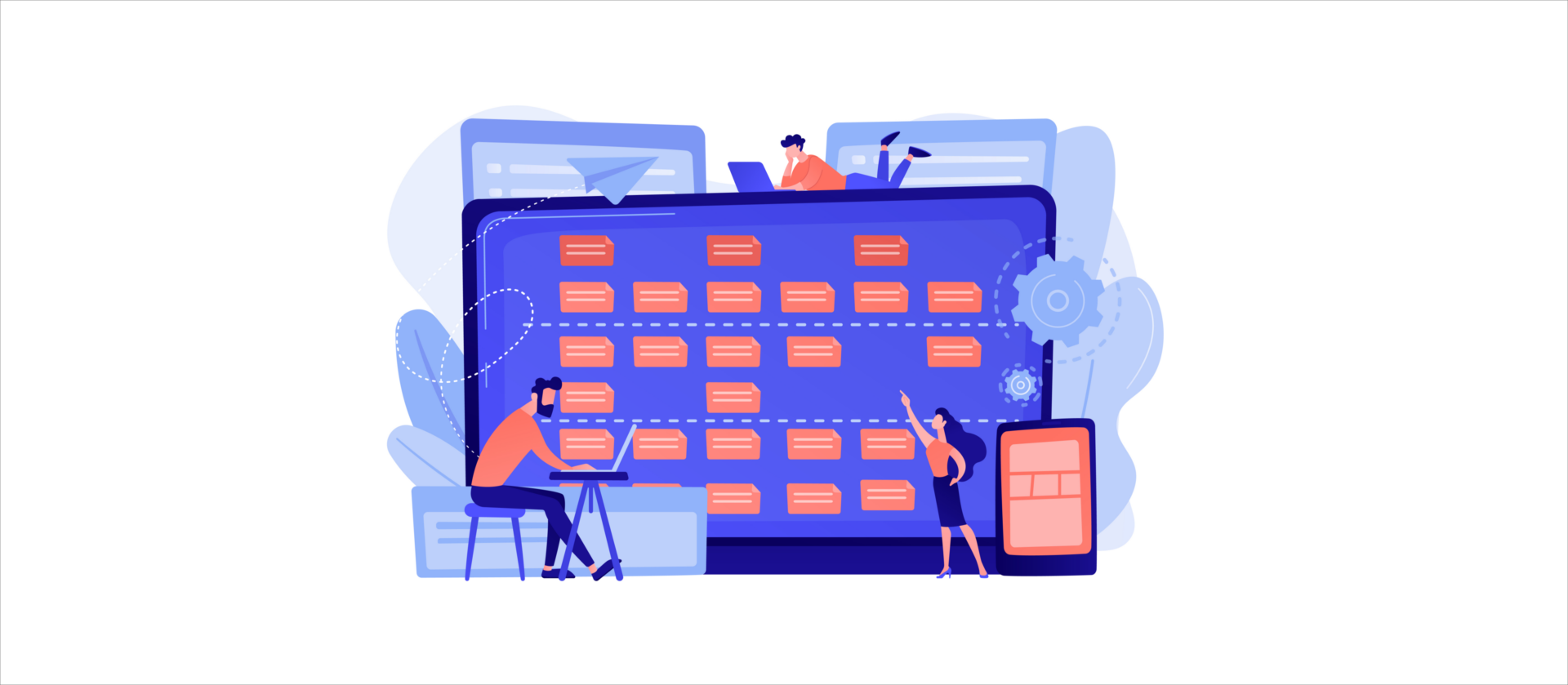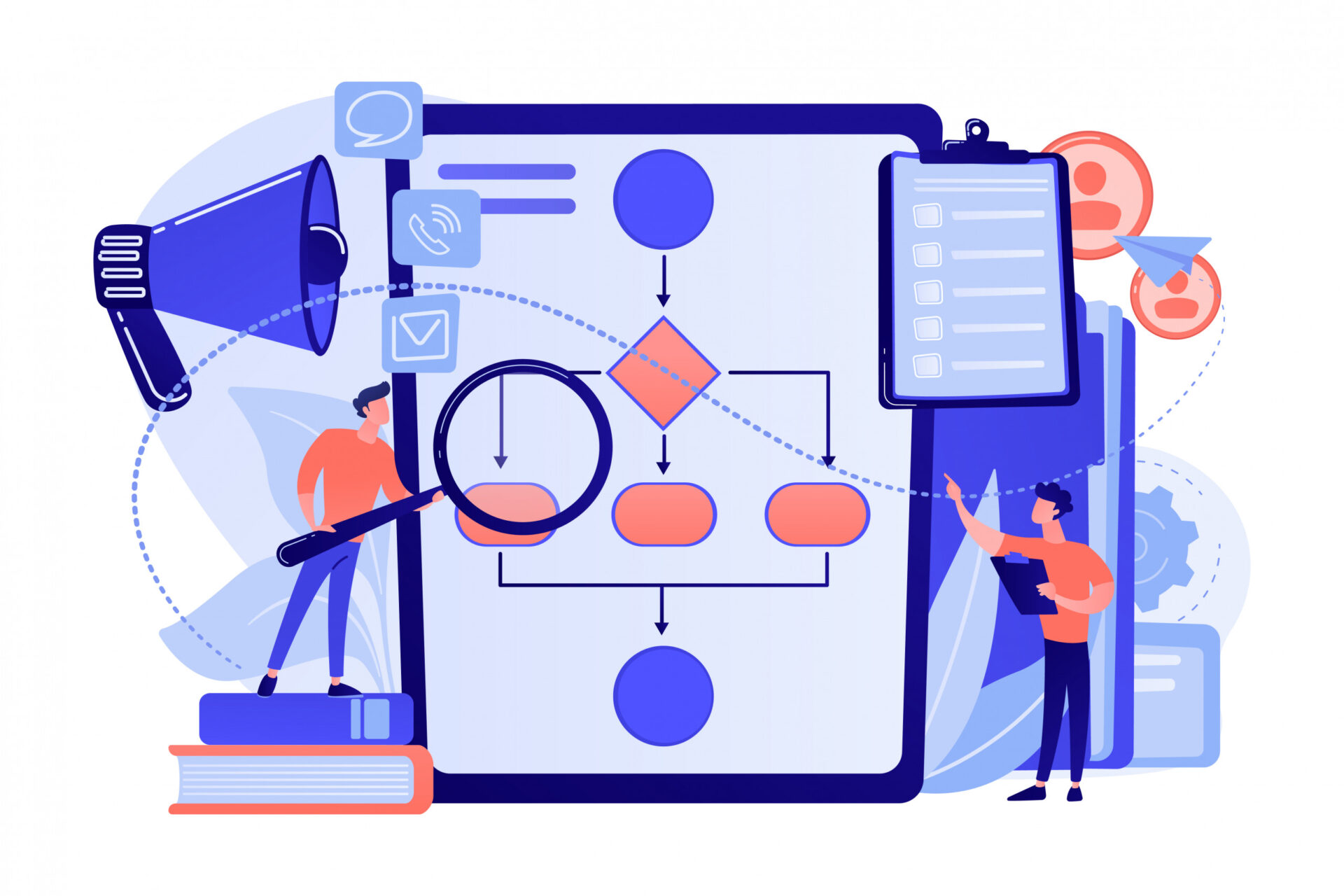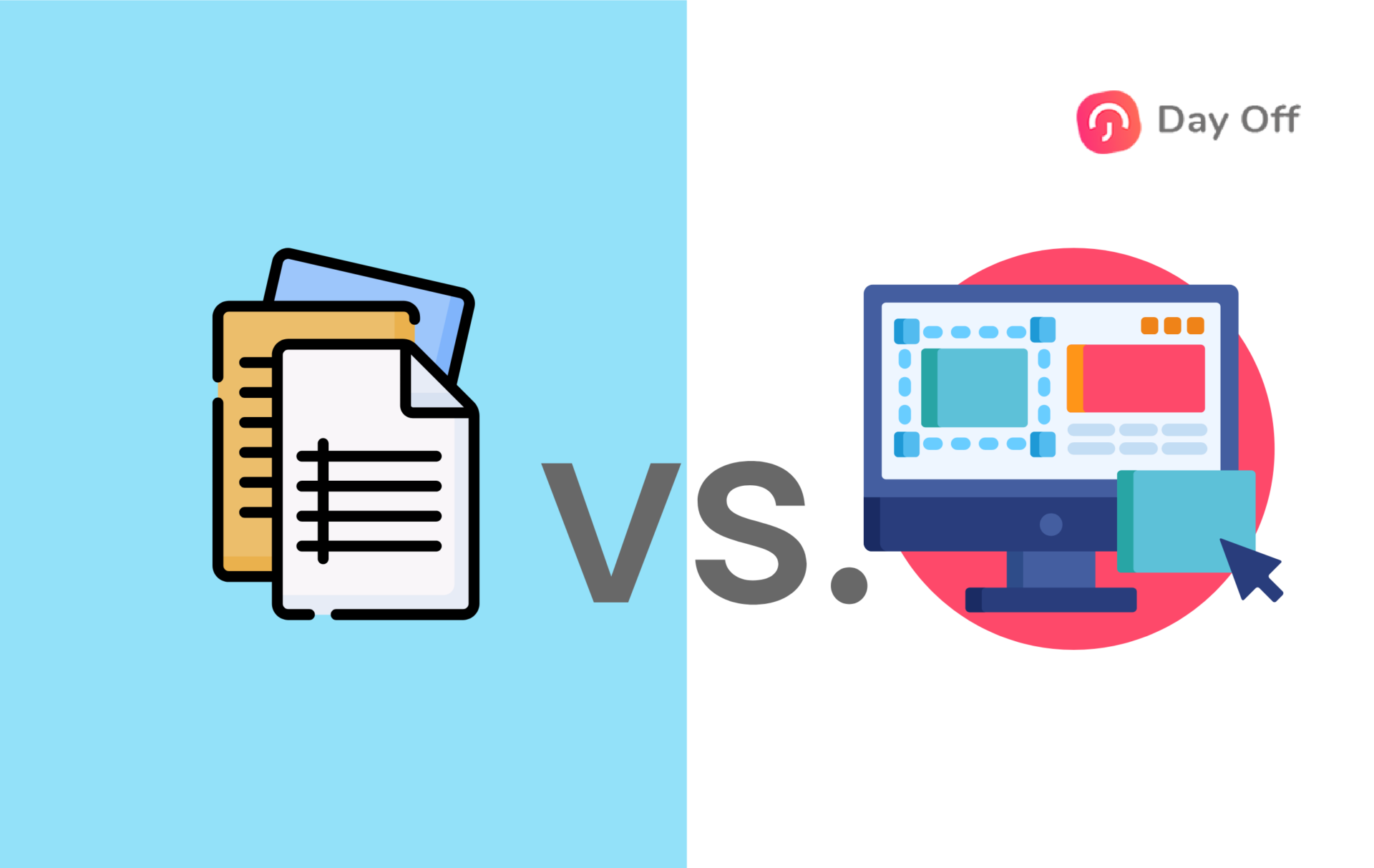Getting started with a start-up is easy, but it’s certainly tough to sustain with the same. There comes a wide range of challenges that these startups often have to confront. On such occasions, no startup can imagine functioning without having reliable tools and technologies. The startup culture in modern times is indeed much evolved with evolving scenarios of virtual workplaces and growing emphasis towards remote operations.
Evidently, the use of right software has turned out to be the distinguishing factor for successful startups from the rest. Needless is to say that a startup enriched with high-end tools can achieve results in a much quicker time upon keeping things organized. For example, someone enriched with a professional vacation tracker is obvious to be more systematic in terms of dealing with customers, rather than those handling things manually. Naturally, they can be more productive than the others.
Importance of being strategic to find the best startup tools
It’s true at the same time that there is a range of options that a startup can find in modern times regarding tools and technicalities. However, not all these can be equally trusted or relied upon. In addition, there remain budget constraints associated as well. After all, a start-up can’t just go with any of the hugely buzzed software that the top rankers often do boast. At the same time, they can’t also go with any random tool just because it is available for free.
It can be confusing sometimes for a startup to find out the best option on such occasions. Well, being a little strategic can be helpful for the company to come up with the best options. In this context, it is advised that the approach should be about finding effective tools for the key segments of the business, like HR management, that actually matter for productivity, rather than investing in anything that could be dealt with manually.
It can be understood that a startup might not always get enough time to think and figure out the best options. In this context, here we have come up with 5 best options that can actually make things easier for the startups in terms of easing down their functionalities for all domains, starting from HR management to communication. The best part, these tools can thoroughly align with the business goal of the concerned startup, irrespective of its scale. Streamlining the process, these tools can make things easier for the concerned startup to take the right business decision.
Day Off Leave Tracker For Employees’ Leave and PTO Tracking
Needless is to say how much it matters for a startup to make the most of its employees. In this context, Day Off app can be an incredible recommendation. This is one of the finest leave trackers in order to keep track of the leaves of the employees, as well as for tracking the PTOs.
It can incredibly save the valuable time of the startup, as well as their efforts in terms of tracking the absence of the entire company in one place. In fact, one can establish the complete policy for leave as well as vacation aspects in a matter of few seconds. The tool can make things look absolutely easy to handle workflow approvals.
PTO tracking software has its mobile app for the managers, as well as for the employees. The app can be excellent in terms of keeping track of the vacations and requesting the same from anytime and anywhere. Through it, one can easily direct the leaves of employees to the most appropriate person.
One can claim that it provides complete control in the hand of HR to handle its managers, as well as employees. If you are looking for reliable PTO tracking software, then also this can be your one-stop solution. Rather, it can be claimed that it’s currently the most popular PTO tracker at the moment.
There remains a comprehensive HR dashboard for greater control. There is a calendar view option available for the company, as well as its employees. It enables them to keep track of the vacations, as well as the time offs. Generating a comprehensive report for any period can be done quite easily through this incredible leave tracker app.
The tool enables users to create a company account quite easily. All that one needs to provide is company details, ranging from name, mail id, location, to password. That’s all it takes to create the company account. It enables the users to add teams within the company with distinct configurations for every team. Next, one can add to every team a dedicated manager, as well as employees. All in all, this time off app can greatly ease down the work pressure from the HR department.
Flock
Be it about a start-up or an established company; effective communication has been the key behind success of each. Better is the communication between the teams, or within the team, greater is the prospect of its growth. In modern-day scenarios, with growing reliance upon virtual communications, technology certainly has started playing a major role.
This is the reason that the start-ups often remain in hunt for the most effective communication techniques that can provide them the needful ease and effectiveness. Keeping all these things in mind, Flock can undoubtedly be one of the finest recommendations. Just like the incredible employee time off tracker tool cited above, Flock too is also high on demand among modern-day start-ups.
The best part about Flock is that it is much advanced as a tool than a mere messenger. Specifically, start-up houses looking for a powerful tool for facilitating effective team communication can indeed find it a great option. Rising above being another mere message sending tool, Flock has turned out to be a powerful concept making business collaborations happen with incredible effectiveness.
It can facilitate things much faster than startups could imagine. It’s a completely unique tool that has changed the way start-ups would communicate with their teams. Be it about facilitating direct communication channels, through group messaging channels, through video sharing, through file sharing, upon preparing customized lists for mailing, to company directories; Flock can be the all-inclusive solution for all.
Flock has it all that a small business would need for facilitating effective communication, as well as collaborations. Interestingly, there is a free version available for it as well, along with a Pro edition that costs around 4.5 USD for each user per month.
With growing dependency upon video conferencing for effective communication on all levels, Flock has turned out to be one of the finest recommendations for start-ups. It enables small businesses to host meetings, as well as webinars over the web. In fact, it enables the businessmen to initiate a video call straightaway through a conversation channel, as well as in sharing the screen through a live presentation. With Flock, it is possible to communicate along with anyone directly on-face in real-time, irrespective of the place.
Slack
Slack can be another incredible tool for start-ups. In fact, it is currently one of the most popular names, at the same time being the fastest expanding software explicitly for the start-up in recent times. There are millions of users of Slack around the globe for connecting with their teams through a single platform. Interestingly, it is possible to develop several channels in order to discuss various projects or matters.
At the same time, Slack can be a fantastic tool for those who prioritize one-to-one chats as well. A distinguishing aspect of Slack is its flexibility. The tool lets the users integrate the same along with various other popular applications like Gmail and drive. It can be integrated with Trello as well. The tool is quite user-friendly in nature that can be helpful in discovering messages as well as notifications.
The factor that makes things explicit about Slack is the ease it provides for the users in simplifying things. In fact, a huge number of startups do make use of the software for facilitating effective communication, which includes Airbnb. Slack doesn’t just facilitate conversations; rather, it makes things thoroughly organized.
One of the distinguishing features of the tool is the searchable history feature, which can be incredibly useful in assessing things. The tool is fantastic from a collaboration perspective as well. No matter you want to collaborate directly or through the shared screen, the software can be useful in all aspects. With well-incorporated file sharing features, it helps the start-up in maintaining thorough coordination among the team.
Slack doesn’t disappoint users from price perspectives as well. To be specific, its standard plan starts only at $3.20 per month, which can range up to 6 dollars per month when it comes to the plus plan. However, for greater assurance of the start-ups, the software Slack comes up with a free edition as well.
This free edition is meant for the smaller teams. In fact, the free edition can be enjoyed for an infinite period. However, one can expect greater perks through the Plus plans. Noteworthy here is that the Slack Plus plan starts at 12.50 USDs for every user per month. On the other hand, the Standard plan starts at 6.67 USD per month.
Hootsuite for startup in Social Media
Marketing is certainly an integral part of any business. Irrespective of scale, it is impossible for a business to survive without effective marketing and promotional strategy. Specifically, a lot of importance is being given to online promotions or digital marketing.
For a start-up, it’s quite obvious for them to look for ways of promoting and marketing things for free or at lower costs. This is the reason that so much emphasis is being given to social media by start-ups. However, it’s true at the same time that the competition over social media is quite immense. One can’t just expect success with social media strategies without being strategic.
This is the reason that marketers often emphasize using high-end tools. In this context, Hootsuite can indeed be a fantastic recommendation for startups. This is a high-end research tool that can even enable companies to know the way a user thinks about their products or services. Needless is to say, how it is valuable for any company to know the exact mindset of the customers. Where top companies spend billions for such data, there are tools like Hootsuite providing the same details at a comparatively much lesser budget.
The interesting aspect about Hootsuite is that it is incredible in terms of managing social media account. It’s pretty much an all-in-one tool on this aspect, enabling users to handle the entire network of social media through just a single dashboard. It can make things simpler regarding scheduling as well.
In fact, one can prepare the schedule of future posts well in advance over a range of social media platforms. Not just for scheduling, the tool is incredible in terms of tracking the contents over different platforms. The software can ease down things to a great extent regarding engagement with the followers. It can be the all-in-one tool for handling an entire team of social media.
There is a range of features that make the tool stand out. Automated scheduling of posts is one such fantastic feature. It comes with vital performance metrics for greater analytics of things. Its flexible workflows approval is another key feature that makes things strategic to manage things. Its custom analytics can be incredibly helpful for effective decision-making. One can export the reports as well through the tool for the entire team.
The good news is that there is a free edition available, though for 30 days of a free trial. However, one needs to go with the paid plans onwards. For a single user, the professional plan starts at just 17.56 USD per month, which can range up to 627.04 USD per month. Here it is available for about 5 users. Along with employee leave tracker app and video conferencing tool, this one is also one of the highly recommended tools presently among the experts for start-ups.
Canva (Design) is the best for startup
Needless is to say, how crucial it has become for a startup to have an effective online presence. From this perspective, designing a catchy website enriched with incredible graphical elements has become extremely important. Startups emphasizing this aspect should definitely consider Canva. It can be a useful tool for fulfilling a whole range of graphic design demands. Be it about blog posts, social media posts, or any kind of design needs, Canva can fulfill all types of graphic design needs.
Interestingly, Canva comes with a massive library as well having millions of photos and fonts, as well as the icons to select from. There is flexibility for the users to pick a suitable design template for creating a site from scratch. In fact, it is quite user-friendly in nature, where one can simply drag and then drop to get the job done. It can be an effective tool for all types of editing jobs as well.
Coming to the pricing, the Pro plan starts at 9.95 USD per month, in which one can enjoy over 4 million photos. Well, just like the free time off tracker, there is a free edition available for it as well. One can use it to design just anything through this free edition.
Conclusion
Modern-day technology goes far beyond simply simplifying business operations, it empowers organizations by offering immediate access to critical data, streamlining decision-making, and enhancing overall efficiency. For startups in particular, leveraging the right digital tools isn’t just a convenience, it’s a strategic necessity.
In today’s competitive environment, early-stage companies must prioritize building a solid tech foundation that supports both their short-term operations and long-term growth. Whether it’s managing team communication, handling finances, or tracking employee time off, having access to the right software solutions can mean the difference between scaling efficiently and falling behind.
The tools mentioned above cater to a wide range of operational needs, from a free vacation tracker that helps manage leave policies effortlessly, to platforms that facilitate secure video conferencing, seamless collaboration, or smarter financial planning. These solutions are designed to work for businesses across various industries and team sizes, offering scalability, automation, and real-time insights that help startups stay agile and informed.











